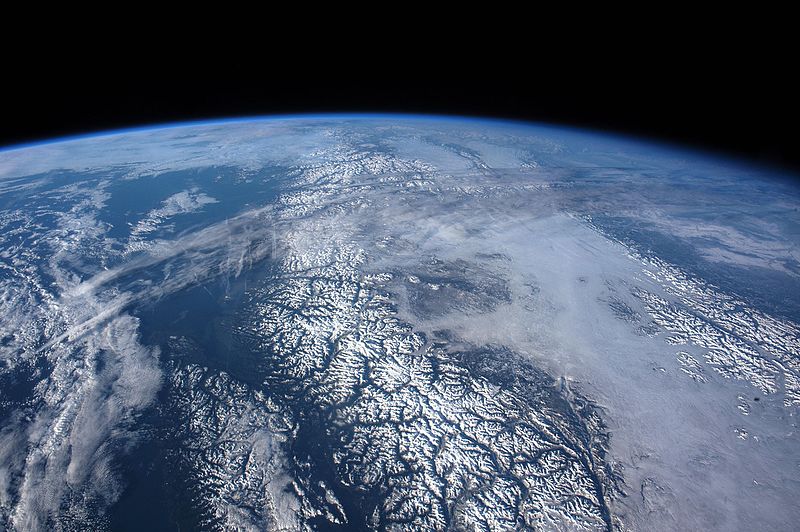Fájl:ISS046-E-3699.JPG

Az előnézet mérete: 800 × 532 képpont További felbontások: 320 × 213 képpont | 640 × 426 képpont | 1 024 × 682 képpont | 1 280 × 852 képpont | 2 560 × 1 704 képpont | 4 928 × 3 280 képpont.
Eredeti fájl (4 928 × 3 280 képpont, fájlméret: 2,49 MB, MIME-típus: image/jpeg)
Fájltörténet
Kattints egy időpontra, hogy a fájl akkori állapotát láthasd.
| Dátum/idő | Bélyegkép | Felbontás | Feltöltő | Megjegyzés | |
|---|---|---|---|---|---|
| aktuális | 2016. január 25., 11:33 |  | 4 928 × 3 280 (2,49 MB) | Originalwana | {{Information |Description ={{en|1=While orbiting over the Gulf of Alaska and moving toward the west coast of the United States, an astronaut aboard the International Space Station shot this panorama looking north into the snow-covered landscape of... |
Fájlhasználat
Az alábbi lapok használják ezt a fájlt:
Globális fájlhasználat
A következő wikik használják ezt a fájlt:
- Használata itt: af.wikipedia.org
- Használata itt: av.wikipedia.org
- Használata itt: be-tarask.wikipedia.org
- Használata itt: bn.wikipedia.org
- Használata itt: crh.wikipedia.org
- Használata itt: cv.wikipedia.org
- Használata itt: en.wikipedia.org
- Használata itt: id.wikipedia.org
- Használata itt: is.wikipedia.org
- Használata itt: ka.wikipedia.org
- Használata itt: ko.wikipedia.org
- Használata itt: lbe.wikipedia.org
- Használata itt: www.mediawiki.org
- Használata itt: mk.wikipedia.org
- Használata itt: os.wikipedia.org
- Használata itt: pt.wikipedia.org
- Használata itt: ru.wikipedia.org
- Használata itt: ru.wikinews.org
- Használata itt: sah.wikipedia.org
- Használata itt: sq.wikipedia.org
- Használata itt: tt.wikipedia.org
- Használata itt: uk.wikipedia.org
- Használata itt: zh.wikipedia.org



